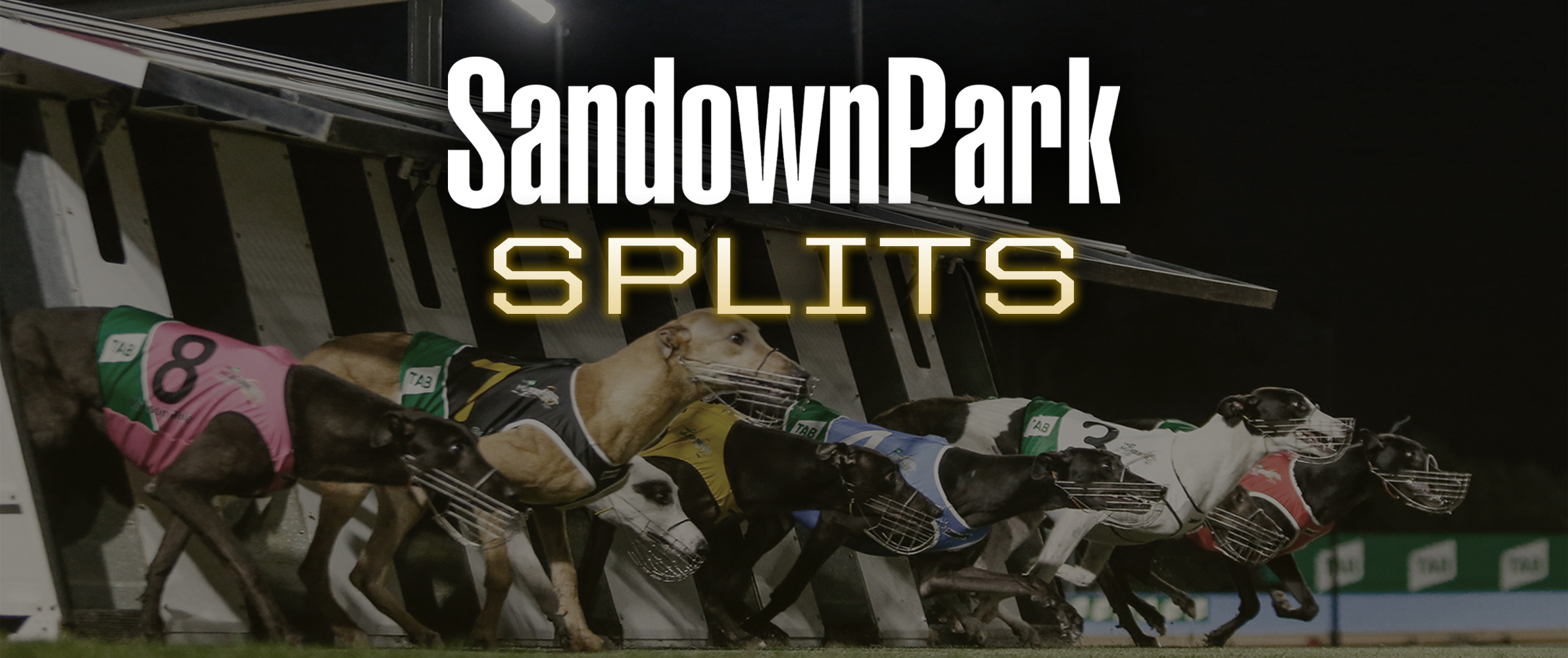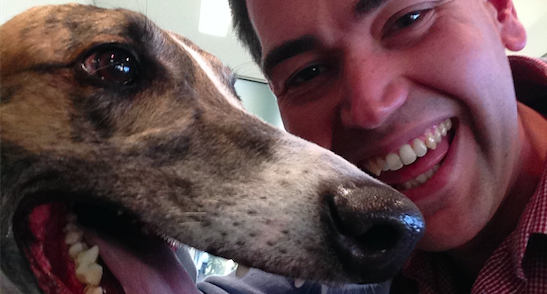As an often frustrated punter, breeder, and racing club member who feels stifled by inactivity and devolution of the sport I love, I ask you this; how hard should the sport of thoroughbred racing be pushing for innovation?
How risky can racing afford to be, or, how risky does racing need to be in order to offer a genuinely different product than the one its customers are delivered today?
Are the administrators of the sport genuinely pushing the envelope as far as they can?
After witnessing the latest product innovation in greyhound racing on Sunday night in Melbourne’s south east suburbs, it’s clear to me that the thoroughbred code is already long behind in a game of catch up that it’s administrators might not even be aware of.
On Sunday night Sandown Park Greyhound club staged an event the likes of which had never been attempted before in Australian racing in any code – an entire meeting of head-to-head races.
As the unfriendly time slot of 5:30pm – 9:30pm suggests, this was very much a test, yet 400-odd curious spectators still turned up and saw out the 4-hour program which consisted of 6 races, each comprised of 4 head-to-head match races with the fastest winner of those four events declared the overall winner of the race, the second fastest dog the runner-up, and so on.
I admit that I was sceptical about how such an event would work, but three match races in I can honestly say I was hooked.
Betting was easy – punters could play win bets in each of the match races at fixed odds or on the parimutuel tote, or they could punt on the winner of each overall race (the fastest of the four match race winners), plus exotics and margin and time bets. It smelled a lot more like sports betting to me and the club and TAB heavies present on the night made no bones about the play to capture that market.
Watching was easy – you only had two participants to track – and at times it was bloody exciting. Sure there were a couple of 3 – 5 length margins, but the dogs in each race were evenly graded and so there were more than a few mid-race lead changes and head bobbing finishes on the night, some of the matches were genuine 50/50 contests from box to winning post.
It was still greyhound racing, but the format was totally different to anything I’d seen before in any code; and it worked.
It worked because ultimately there is absolutely nothing better in the world of racing than the chance to see two combatants go head to head for a prize. It is what the sport is built on, it is the true essence of the race – and greyhound racing just recaptured it.
The Sandown club had lobbied long and hard to get the meeting off the ground, it was a concept that they had developed themselves and then pitched to Greyhound Racing Victoria, before repeating the process with Sky and Tabcorp.
Speaking to club bosses after the meeting the general consensus was that they are onto something that could have huge potential; ultimately wagering reports will determine the economic success of the experiment, but from an on track point of view it was a success.
Change wasn’t going to happen by itself – the Speed Star series took the determination and commitment of a club to develop a concept and champion it, and now Sandown will be known as the source of what will surely become a popular concept globally.
So where does that leave the thoroughbred code in the race for reinvention?
The upcoming $10million Everest to be held in Sydney is a concept that appears to have legs but it is one borrowed from elsewhere. More so, and like much alleged innovation in racing, it caters to the elite – both in terms of equine performers and human financial backers – and rewards them alone; simply arguing that an Everest contestant could be owned by a group of battlers doesn’t make the concept egalitarian, especially when weight of numbers means that over time most eligible horses will be owned by the most powerful players, those capable of paying $600,000 for a slot.
Nevertheless, thoroughbred racing is ripe and ready for true innovation, for ideas that change the way the sport is presented and participated in, and for brave administrators to stand by the most unusual of concepts and drive them forward.
My hope is that those ideas come sooner than later, before the sport itself withers on the vine of public relevance.
Mick Sharkie has worked for major print mastheads including The Age, leading industry television broadcasters, radio broadcasters, international wagering companies, and start up media platforms. This article was published on LinkedIn and republished with Mick’s permission.
Picture: Mick Sharkie with Fernando Bale at Speed Star Super Sunday



